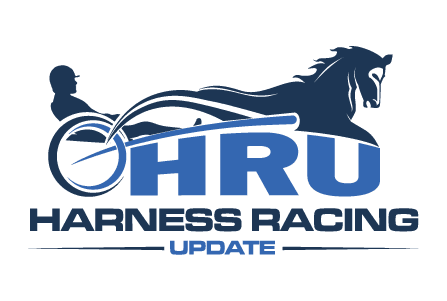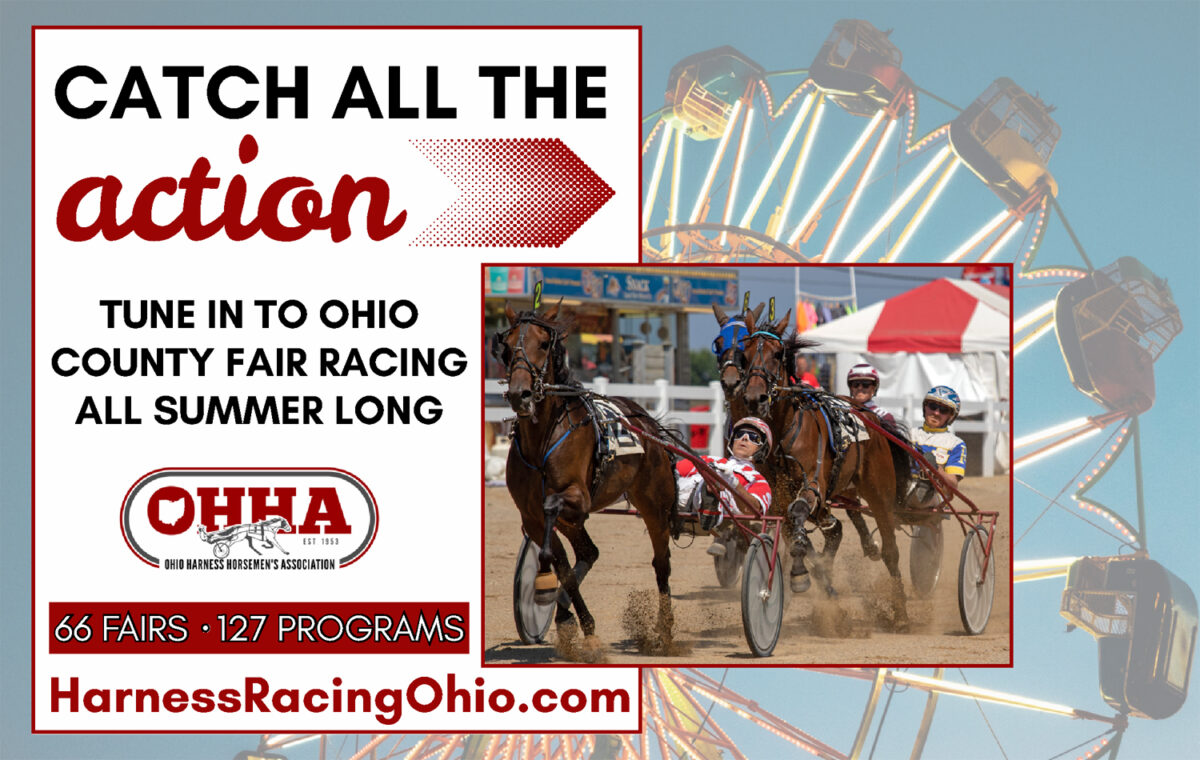The problem of excellence
by John Berry
I just received a letter from my long-time friend, Joanne Young.
Young is a treasure to our sport and has been an invaluable one as the Harness Racing Museum and Hall of Fame in Goshen, NY, continues as this grand museum’s “glue” in protecting the past of harness racing, supporting the present and encouraging the future of, in these eyes, the greatest sport in the world.
Her letter reminded me to renew my membership in the Museum.
My days with the family go back well over a half century of moons — back to the days of her dad, Harry Sowash when Chicago racing was emerging from infancy and its teenage years.
Pointer Creed, Hajji, Yogi, Sonny G and, one of my favorites, Cotton Prince, were a few of the horses — many of them close to being teenagers themselves — that graced the Windy City racing programs under the patient and careful care of Harry Sowash.
Young takes the same care at the Museum and has been getting ready as yet another Hall of Fame week takes shape at 240 Main Street.
To gain induction to our Hall of Fame is not an easy task, and it’s getting more difficult with each passing 1:46 mile, each driver winning 10,000 or more races, each trainer winning coveted stakes events, each breeder gaining new, spectacular heights in performance from their colts, fillies and, possibly, a gelding with long and extraordinary historical achievements.
That’s where the United States Harness Writers Association (USHWA) comes into play.
I have been a member of the USHWA for over a half century.
I was elected president way back when I had red hair and have enjoyed the camaraderie of many of the top harness racing journalists in the world; yes, from countless places in North America, stretching across the ocean to Europe and south to New Zealand and Australia.
Literally, from A to Z — Sam Anzalone to Bob Zellner with hundreds in-between — many gone to the ages now, like Stan Bergstein, Lou Boudreau, Col. Dave Herman, Alan Prince, Jack Ginnetti, Lew Barasch, Murray Janoff, Don Evans, Bill Brown, Jr., George Smallsreed, Les Ford, “Weed” Rorty and many dozens of others.
They constituted the heart and soul of the trotter and pacer, from the arrival of Messenger in 1788 to whoever will win this year’s Hambletonian.
Every July, our sport honors the newest inductees — both human and equine — that have climbed the tallest mountain in achievement in their illustrious careers to achieve recognition in those hallowed halls at 240 Main Street.
For those of you that have never been to that historic building in Goshen, NY, well, it’s something that you, quite simply, cannot miss.
When you walk the hallowed halls, I swear you’ll hear the hoof beats of the incredible Dan Patch, and the iconic Greyhound, just a pair of the hundreds of exhibits.
You will hear the voices of those that have graced harness racing and, now, the Hall of Fame over its history.
It’s just an incredible institution that deserves the recognition and respect in ALL of sport.
Your pulse will race at a 1:45.4 pace and the historic half-mile track and the iconic judges’ stand in the infield, and it’s just a “ns” away in the Museum’s backyard.
Two wonderful folk from the Hall of Fame Museum of yesteryear were Phil Pines and Walt Latzko, gentlemen that loved the history and tradition of our grand sport and its centuries of history.
Now, Janet Terhune continues the tradition with her unheralded dedication to our sport.
Phil Pines and Walt Latzko shared enough stories with me over the years that I could write a book… maybe I will.
Probably the most difficult task since my first article appeared in 1964 was being a member of the Hall of Fame selection committee years back.
As I have mentioned in past articles, Main Street in Goshen, NY, needs its roads widened because there are many worthy men, women and horses that deserve recognition, but there’s just not enough room for inclusion.
This year’s list of possible future inclusions was, pretty much, impossible to separate as their collective contributions to our sport — no matter which side of the track on which they reside — are outstanding.
There are dozens, perhaps hundreds more, that didn’t even make this year’s list, and they remain miles and miles away from 240 Main Street in the fabled town of Goshen, NY.
Yes, this grand sport has drastically changed over time(s) and history.
Star Pointer’s initial sub-2:00 mile in 1897, the epic 1:55 mile by Dan Patch just a few years later — subsequently not allowed into our history books — are just two examples of where history has brought us to this very day.
The 2:00 mile, today, is long forgotten (except way up north) and a 1:55 mile won’t earn the owner a cup of coffee.
Could there be a solution to widen those roads to Goshen?
Probably not.
When the museum opened back in 1951, it had an amazing 2,000 artifacts.
It was William H. Cane’s Good Time Stable, with a hayloft on the second floor.
Back about 30 years ago, there was a campaign for the renovation of what is today’s Museum with its historical artifacts now numbering over 70,000.
But, to ease the flow for those deserving recognition, instead of accepting that the roads to our Hall of Fame cannot be widened, how about a campaign to build, instead of east to west, skyward with a third floor, enabling harness racing’s traffic flow of talent to become unearthed.
Is it worth the price?
Whatever the price, it’s worth it.
Brick-by-brick skyward to unleash the hoof prints and foot prints — past, present and future — of a sport we all love and cherish.
For those who say, “It can’t be done,” well, that’s what they have said about every single invention and improvement we have seen during our lifetime.
From skyscrapers to travel, medicine to the internet, from travel by airplane across country to flights to the moon.
From the impossibility of a 2:00 mile way back when, to a driver winning 200 races in one year, to today.
Nothing is impossible, we just need the will to do it.
Give my great friend Joanne Young at the Hall of Fame a call sometime at 1-845-294-6330.
MAY THE HORSE BE WITH YOU

















